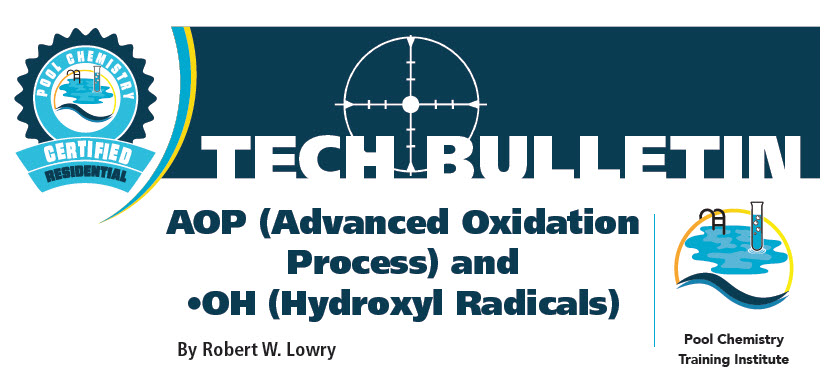I am seriously considering adding the Del AOP 40 "sanitizer" as part of my pool remodel. Along with a salt water generator system. This is Del's latest technology which seems to have made strides in actually offer sanitizing value and lower required chlorine levels (claim 0.5ppm - 1ppm levels). It is also NSF 50 certified (Level 2 Supplemental Sanitizer for 3-log kill).

 www.c-m-p.com
www.c-m-p.com
Now I understand the TFP philosophy is that these "sanitizers" are fools gold and a waste of money. They do very little for contributing to overall lower chlorine levels. They only offer sanitizing benefits to the water being held in the unit while doing little to benefit the entire pool volume of water.
But as a technologist, our world changes fast and innovation is continuous. I have listened to a few different videos, especially Pool University, that make claims that these are indeed helpful products that can be effective as lowering the overall required chlorine in the water.
But again, in today's world driven by marketeers, I remain cautious. On the flip side, lots of "experts" on various boards that have ZERO real world knowledge with specific products (gang mentality). So it works both ways.
Anyone out there with real-life experience using the latest Del APO 25 or 40 series? Are attitudes slowly changing to adopt this type of technology as helpful?
Much appreciate insights...especially from those who have actually used this system.

DEL AOP 25 & 40 - CMP
DEL AOP 25 DEL AOP 40 VOLTAGE 110/240 VAC, 50/60 Hz, 0.7 Amps 110/240 VAC, 50/60 Hz, 1.1 Amps OZONE CELLS One APG2 Corona Discharge Cell, Ozone Output: 215mg/hr Two APG2 Corona Discharge Cells, Ozone Output: 500mg/hr PLUMBING Inlet and Outlet 2” PVC Unions Inlet and Outlet 2” PVC Unions OPTIMAL...
Now I understand the TFP philosophy is that these "sanitizers" are fools gold and a waste of money. They do very little for contributing to overall lower chlorine levels. They only offer sanitizing benefits to the water being held in the unit while doing little to benefit the entire pool volume of water.
But as a technologist, our world changes fast and innovation is continuous. I have listened to a few different videos, especially Pool University, that make claims that these are indeed helpful products that can be effective as lowering the overall required chlorine in the water.
But again, in today's world driven by marketeers, I remain cautious. On the flip side, lots of "experts" on various boards that have ZERO real world knowledge with specific products (gang mentality). So it works both ways.
Anyone out there with real-life experience using the latest Del APO 25 or 40 series? Are attitudes slowly changing to adopt this type of technology as helpful?
Much appreciate insights...especially from those who have actually used this system.
Last edited:






